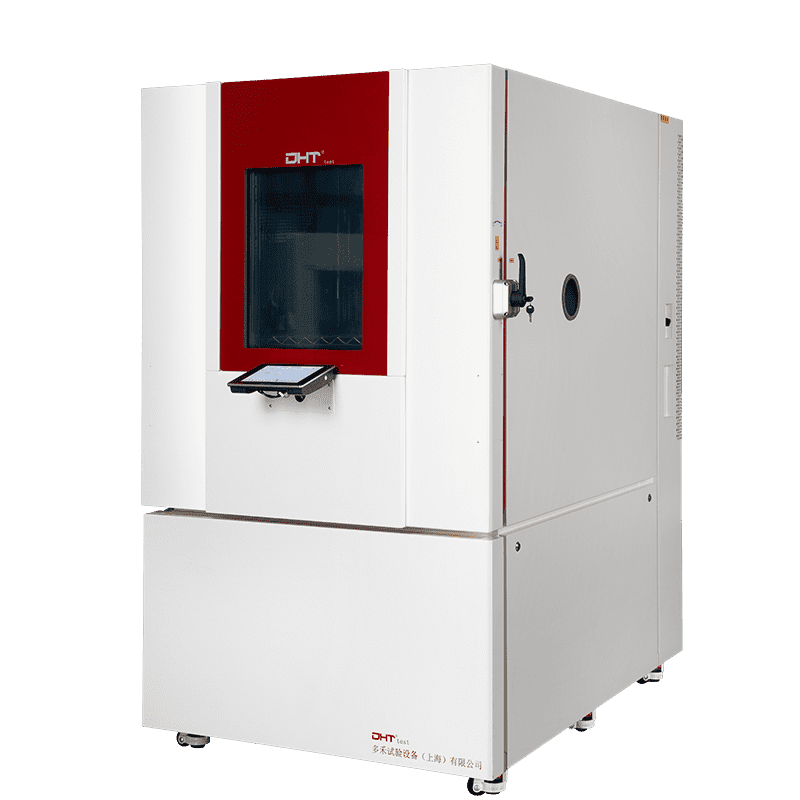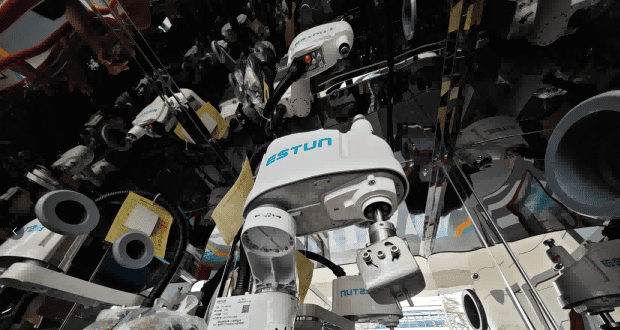Why Perform Solar Climatic Testing?
1.1 Validate Outdoor Durability and Performance under High Radiation
-
Material aging, discoloration, and cracking
-
Thermal failure in electronic or optical components
-
Seal degradation, adhesive failure, and structural deformation
1.2 Optimize Material Selection and Structural Design
-
Comparison of material photothermal resistance
-
Design adjustments to prevent local overheating
-
Improvements in insulation, UV protection, and anti-aging features
1.3 Comply with International Certifications and Standards
-
Meet certification requirements for international markets
-
Enhance product competitiveness in tenders and acceptance processes
-
Establish globally recognized lab validation systems
1.4 Strengthen Product Quality and Brand Reputation
-
Identify risks early in R&D
-
Control failure modes and extend product life
-
Reinforce the brand with “high weather-resistance” as a key value
1.5 Reduce Long-Term Quality Costs and Warranty Risks
Simulation Principles and Core Functions of Solar Radiation Test Chambers
2.1 Simulation Principle: Recreating Realistic “Light-Heat-Climate” Environments
-
Spectral Accuracy: Using xenon arc, metal halide, or high-intensity LEDs with optical filters to replicate AM1.5 or AM0 standard solar spectra
-
Thermal Effects: Controlling radiation intensity and distance to generate surface temperature rise and heat diffusion comparable to real sunlight
-
Environmental Coupling: Overlaying temperature (e.g., 50–120°C), humidity (e.g., 30–95% RH), and airflow to simulate real-world stress conditions for UV aging, thermal fatigue, and hygrothermal testing
2.2 Core Functional Capabilities
High-Precision Irradiance Control
-
Adjustable irradiance intensity from 250 to 1200 W/m² (customizable)
-
Continuous or pulsed light exposure modes
-
Long-term stability to support extended, multi-cycle testing
Full Spectrum Simulation
-
Covers 280–3000 nm, including UV-A, UV-B, visible, and infrared ranges
-
Enables simulation of yellowing, cracking, electronic thermal buildup, and targeted UV acceleration
Dynamic Temperature and Humidity Control
-
Temperature range typically -40°C to 150°C
-
Humidity control for dry heat, damp heat, and condensation scenarios
-
Rapid thermal response and precise feedback during photothermal loading
Multi-Field Coupling and Programmable Testing
-
Combined control of sunlight, temperature, humidity, airflow, and test angle
-
Simulates full daily sunlight cycles including day-night transitions
-
Supports multi-step programmable profiles for long-duration or fixed-point tests
Flexible Sample Mounting and Chamber Adaptability
-
Compatible with flat, 3D, and module-level components
-
Adjustable radiation angles and multi-position layouts
-
Integrated sensors (e.g., infrared thermocouples, black panel sensors) for real-time thermal monitoring
Key Parameters That Determine Test Accuracy
-
Irradiance Intensity: Typically 800–1200 W/m², adjustable per test standard
-
Spectral Fidelity: Must comply with ISO, SAE, or IEC-defined spectral distributions
-
Sample Temperature Ramp Rate: Tuned to match thermal mass and real exposure patterns
-
Temperature and Humidity Accuracy: ±1°C and ±3% RH, respectively
-
Lighting Modes: Supports continuous, pulsed, and cyclic daylight simulations
Typical Application Scenarios
Automotive Industry
-
Interior materials (dashboards, steering wheels, seats): discoloration, cracking
-
Exterior components (paint, seals): UV degradation
-
In-vehicle electronics (displays, sensors): heat resistance and stability
Construction & Renewable Energy
-
PV modules: UV degradation and thermal stress testing
-
Building exteriors: coatings, glass, and sealing materials durability
-
Energy-saving materials: performance validation under high irradiance
Aerospace & Defense
-
Surface materials on aircraft: high-altitude radiation protection
-
Military equipment: long-term exposure testing for extreme climates
-
Optical/electronic systems: sunlight shielding and endurance assessment
Can Lab-Based Testing Replace Natural Sun Exposure?
-
Accelerated Aging: Simulate years of sunlight exposure in just weeks
-
Controlled Variables: Precisely programmed and repeatable
-
Reliable Data: Enables side-by-side comparisons and issue tracing
-
High Efficiency: Speeds up R&D and reduces validation time and costs
Key Considerations for Selecting a High-Performance Solar Radiation Chamber
-
Light Source Quality: Long lifespan, stable output, degradation compensation
-
Smart Controls: Multi-variable coordination, remote monitoring, data logging, and programmable cycles
-
Chamber Design: Sufficient space and flexibility for various sample sizes and orientations
-
Standards Compatibility: Conforms to ISO 4892-2, ASTM G155, IEC 60068, etc.
-
After-Sales Support: Includes installation, training, calibration, and technical consulting
Creating a Controlled “Sunlight Environment” to Safeguard Product Weatherability
FAQ
Can solar radiation test chambers truly replicate real-world sunlight conditions?
Yes. High-quality solar climatic chambers simulate the full solar spectrum—including UV, visible light, and near-infrared—alongside controllable heat, humidity, and airflow. Using calibrated light sources like xenon arc lamps or metal halide bulbs, they achieve spectral fidelity comparable to natural sunlight (e.g., AM1.5). This enables accurate simulation of photothermal stress and material degradation, accelerating real-world exposure into a controlled, repeatable lab process.
What industries benefit the most from solar climatic testing?
Industries such as automotive, aerospace, military defense, renewable energy, and building materials rely heavily on solar climatic testing. Typical applications include dashboard cracking prevention, photovoltaic module UV aging, aircraft surface protection, and durability testing of construction coatings or sealants exposed to intense sunlight.
What should I look for when selecting a solar radiation test chamber?
Key considerations include:
-
Light source quality (spectral accuracy, stability, lifespan)
-
Smart control systems for precise irradiance, temperature, and humidity programming
-
Multi-field coupling (light + heat + humidity + airflow)
-
Compliance with international standards like ISO 4892-2 or ASTM G155
-
Flexibility in sample mounting for real components or module-level structures
These factors ensure reliable, repeatable, and industry-compliant solar simulation results.


